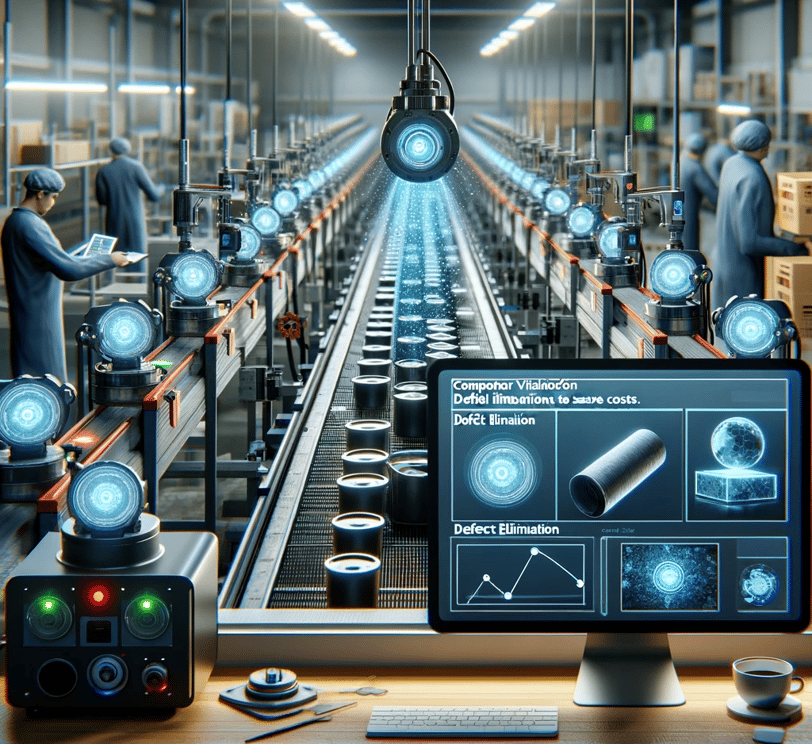AI for Quality Control
Computer Vision Cutting Costs for Small Business
Tango
1/19/20242 min read


Revolutionizing Quality Control: How Computer Vision and AI Cut Costs for Small and Medium Businesses
In the dynamic landscape of small to medium enterprises (SMEs), maintaining quality while managing costs is paramount. The advent of computer vision coupled with artificial intelligence (AI) is transforming this balancing act, especially in the arena of defect detection and quality assurance.
Traditionally, SMEs have relied on manual inspections to identify defects in products. This method, while straightforward, is fraught with challenges. Human error, inconsistency, and the high labor costs associated with extensive manual labor are just a few. Enter computer vision and AI – a duo that promises to revolutionize this process by enhancing accuracy and efficiency while significantly reducing costs.
Precision and Consistency: The AI Edge
Computer vision systems, powered by AI, offer unparalleled precision in detecting defects. These systems utilize high-resolution cameras and sophisticated algorithms to scrutinize products for imperfections at a level of detail far beyond human capability. Unlike human inspectors, these systems do not tire or vary in their performance, ensuring consistent quality control round the clock.
Cost-Effective and Scalable Solutions
For SMEs, where budget constraints are a constant concern, AI-driven systems are a cost-effective solution. Once implemented, the operational costs are significantly lower than the expenses of a manual workforce. Furthermore, these systems are scalable; as the business grows, the same setup can handle increased volumes without a proportional increase in inspection costs.
Data-Driven Insights for Continuous Improvement
Beyond defect detection, these intelligent systems offer valuable insights into production processes. By analyzing the data collected, AI can identify patterns leading to defects, enabling businesses to rectify issues at their source. This proactive approach to quality control not only reduces the rate of defects but also minimizes waste and improves overall efficiency – crucial factors in cost reduction.
Real-World Applications and Success Stories
Practical applications of this technology are already being seen across various industries. For instance, a small textile company implemented a computer vision system to inspect fabrics. The result was a 30% reduction in returns due to quality issues, translating directly into cost savings. Similarly, a food processing SME employed AI to inspect produce, dramatically reducing the instance of defective products reaching customers.
Conclusion
The integration of computer vision and AI in quality control processes offers a tangible solution for SMEs striving to reduce costs associated with defects. With the advantages of precision, consistency, cost-effectiveness, and insightful data analytics, this technology is not just a futuristic concept but a practical tool for today's competitive business environment. As AI continues to evolve, its role in empowering SMEs to achieve higher quality standards while maintaining financial prudence becomes increasingly significant.
